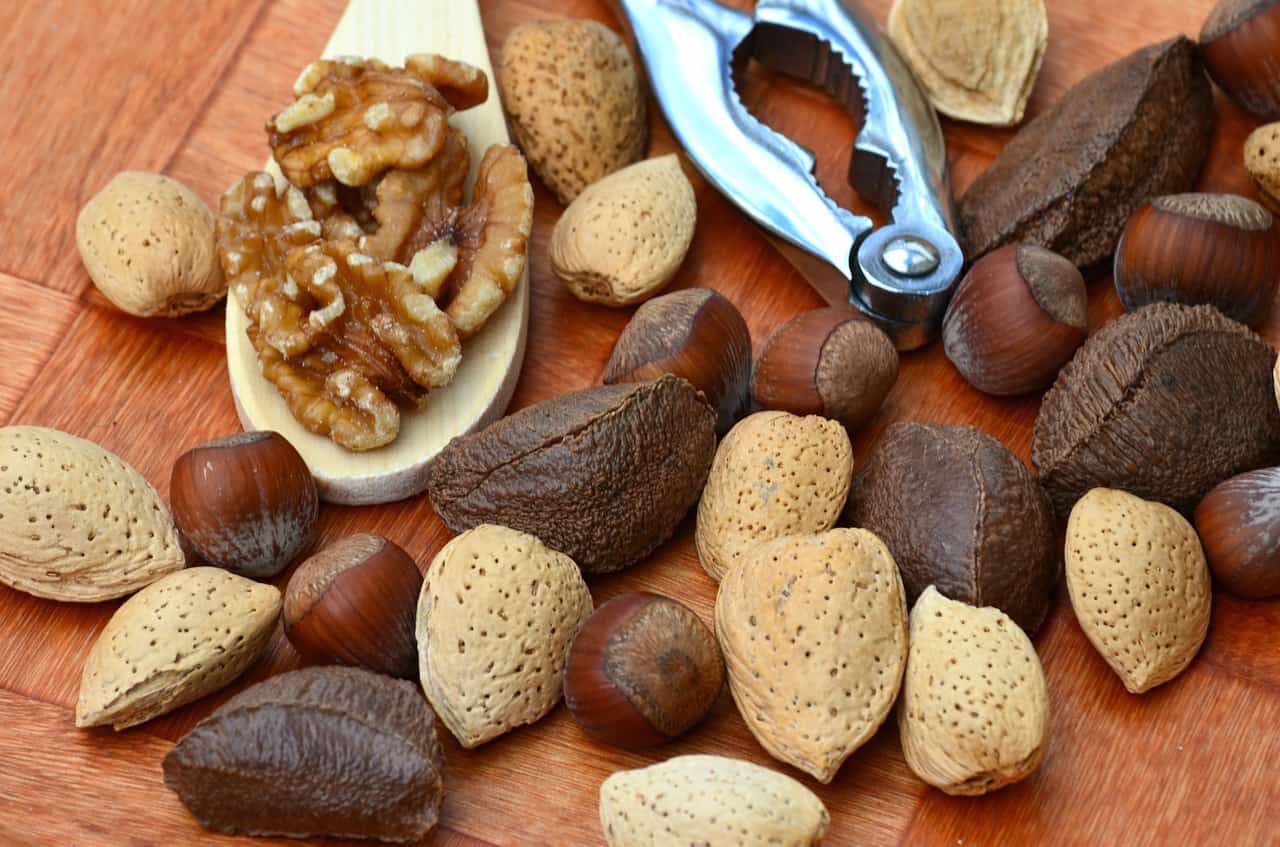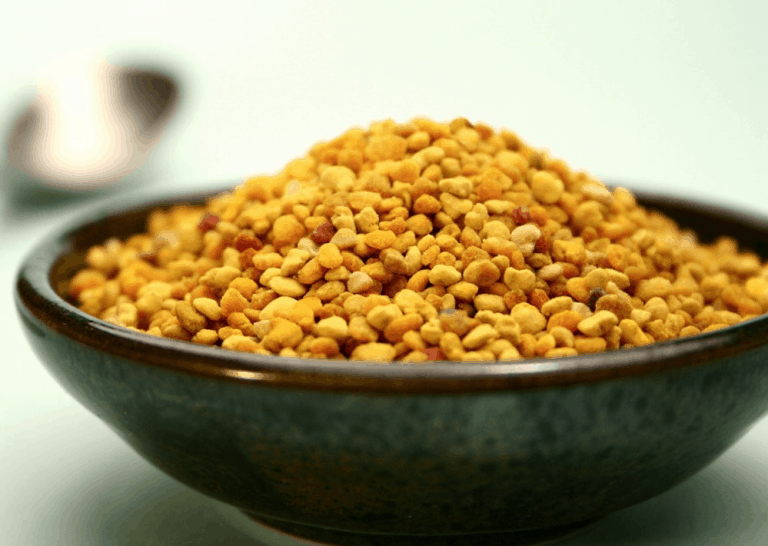Nuts. House parties, bars, ball games, fairs, vending machines, airplanes: nuts are a food that seems to pop up everywhere. Although the most commonly consumed nut isn’t really a nut at all (peanuts are actually a legume), there are many “real” nuts you may want to consider the next time you are looking for a nutritious snack that’s good for your heart and for prostate health.
Here are a few examples.
Almonds
Technically, almonds aren’t really nuts either, but the seed of the fruit of the almond tree. Nut or not, just 1/4 cup of almonds provides nearly half of a man’s daily requirement for manganese and vitamin E, two nutrients essential for prostate health. The mineral manganese is necessary for the production of sperm and sex hormones, and it has a role in supporting overall reproductive health. Men who do not get enough manganese may experience erectile dysfunction, low libido, and a low sperm count.
Vitamin E is a potent antioxidant that can destroy free radicals, but it also is an important ally in the fight against prostate cancer. Of the eight chemically related substances that make up what we call vitamin E, those that are most involved with prostate health are gamma-tocopherol and alpha-tocopherol, which work together and separately in the body. Another benefit of almonds is that the majority of the fat they contain is heart-healthy monounsaturated fat.
Brazil nut
The claim to fame for this true nut is that it is an extraordinary source of the antioxidant selenium. One ounce of Brazil nuts provides nearly 550 micrograms of selenium, which is ten times more than the 55 micrograms men need per day. Selenium not only destroys free radicals but also helps strengthen the immune system. At one time, researchers had hoped that selenium might have a role in fighting prostate cancer. However, study after study has not borne this out.
In fact, results of a phase 3 clinical trial appearing in the August 2012 issue of Prostate reported that supplementation with selenium “appeared to have no effect on the incidence of prostate cancer in men at high risk.” The double-blind, placebo-controlled study involved 699 men at high risk for prostate cancer who were given either 200 micrograms or 400 micrograms of selenium, or placebo daily and followed for up to 5 years. The authors concluded that “selenium supplementation may not have a role in prostate cancer chemoprevention.”
That does not mean you should kick these nuts out of the snack bowl. Although you wouldn’t want to eat a lot of Brazil nuts, they can be a healthful addition to a nut mix. Along with the 4 grams of protein contained in one ounce of Brazil nuts, you can also get an excellent amount of copper, magnesium, manganese, and phosphorus, and monounsaturated fats to support cardiovascular health.
Pistachios
Skip the pistachio ice cream and reach for the real thing. These little nuts are easy to eat because they are usually sold with their outer shells already partly open. Pistachios were the subject of a 2011 study in which researchers found that men who ate the nuts experienced an improvement in erectile function. More specifically, men who had been suffering with erectile dysfunction for at least one year and who then ate 100 grams of pistachios every day for three weeks had a significant improvement on the International Index of Erectile Function, including factors such as erectile function, sexual desire, and satisfaction with sexual intercourse.
What makes pistachios so special? They are a very good source of arginine, an amino acid that is important in supporting flexible blood vessels and enhancing blood flow. One ounce of pistachios provide 6 grams of cholesterol-free protein, and an excellent amount of thiamin, vitamin B6, phosphorus, copper, and manganese.
Walnuts
If you’re looking for a nut that is a great source of omega-3 fatty acids, the walnut fits the bill. Omega-3 fatty acids are valued for their ability to fight inflammation and also benefit heart health. Just one-quarter cup of walnuts provides nearly 100 percent of a man’s daily need for omega-3 fatty acids. Walnuts are also special because they provide a very good amount of vitamin E in the highly beneficial gamma-tocopherol form.
Walnuts may also be helpful in fighting prostate cancer. A study in the British Journal of Nutrition reported that mice with prostate cancer tumors who were fed the human equivalent of 3 ounces of walnuts daily experienced a 50 percent reduction in tumor size and a 30 percent slowing in tumor growth. So if walnuts help mice, what about men?
A study in Nutrition Journal showed benefits for men as well. During an eight-week study, 21 men consumed their usual diet with or without the addition of 75 grams of walnuts per day. The investigators wanted to see if and how walnut consumption affected prostate and vascular health. They discovered that eating walnuts resulted in an increase in serum gamma-tocopherol and a trend toward an increase in the ratio of free PSA to total PSA, both of which “suggest that walnuts may improve biomarkers of prostate and vascular status.”
Here’s a hint when you choose and eat walnuts: consume the entire nut, including the whitish, often flaky outside skin. Approximately 90 percent of the beneficial anti-inflammatory phytonutrients called phenols, including flavonoids and tannins, are found in the skin.
References
Aldemir M et al. Pistachio diet improves erectile function parameteers and serum lipid profiles in patients with erectile dysfunction. International Journal of Impotence Research 2011 Jan-Feb; 23(1): 32-38
Algotar AM et al. Phase 3 clinical trial investigating the effect of selenium supplementation in men at high-risk for prostate cancer. Prostate 2013 Feb 15; 73(3): 328-35
Davis PA et al. A high-fat diet containing whole walnuts (Juglans regia) reduces tumour size and growth along with plasma insulin-like growth factor 1 in the transgenic adenocarcinoma of the mouse prostate model. British Journal of Nutrition 2012 Nov; 108(10): 1764-72
Spaccarotella KJ et al. The effect of walnut intake on factors related to prostate and vascular health in older men. Nutrition Journal 2008; 7:13







